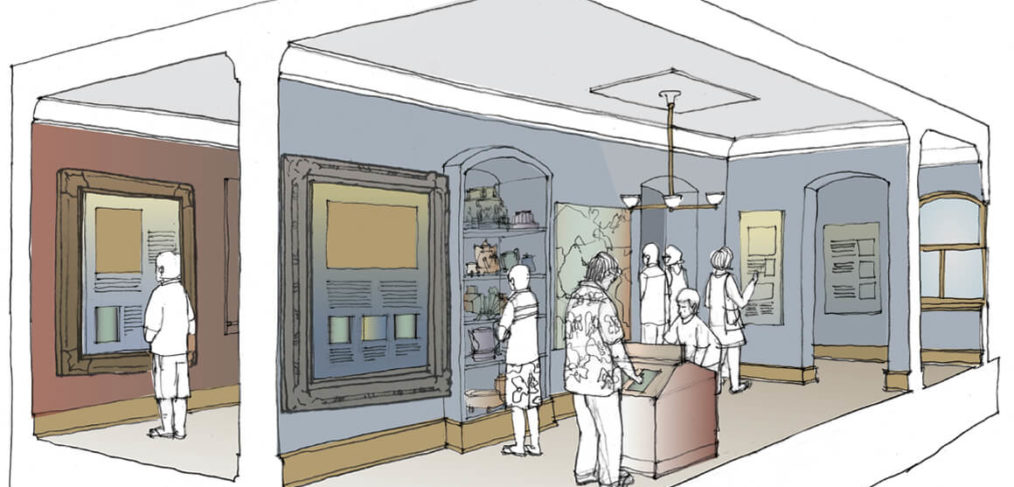Snake River Gateways
Grand Teton National Park, WY
Interpreting the Snake River corridor connecting stunning landscapes, intact ecosystems, and diverse human experiences.
The Snake River—tranquil and serene, mighty and powerful— gives Grand Teton National Park life. The river runs through the entirety of the park from headwaters in Yellowstone National Park to the park’s south boundary, travelling over 1,000 miles to the Columbia River and and the Pacific Ocean.
To enhance the experience of visitors who fish, kayak, canoe, and raft this beautiful and dynamic river, EDX is working with the park and the Grand Teton National Park Foundation to enhance interpretation at 10 sites along the Snake River corridor—creating a sequence of meaningful visitor experiences.




























